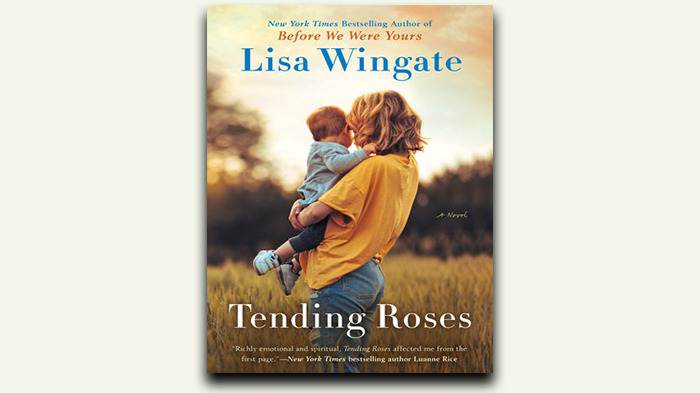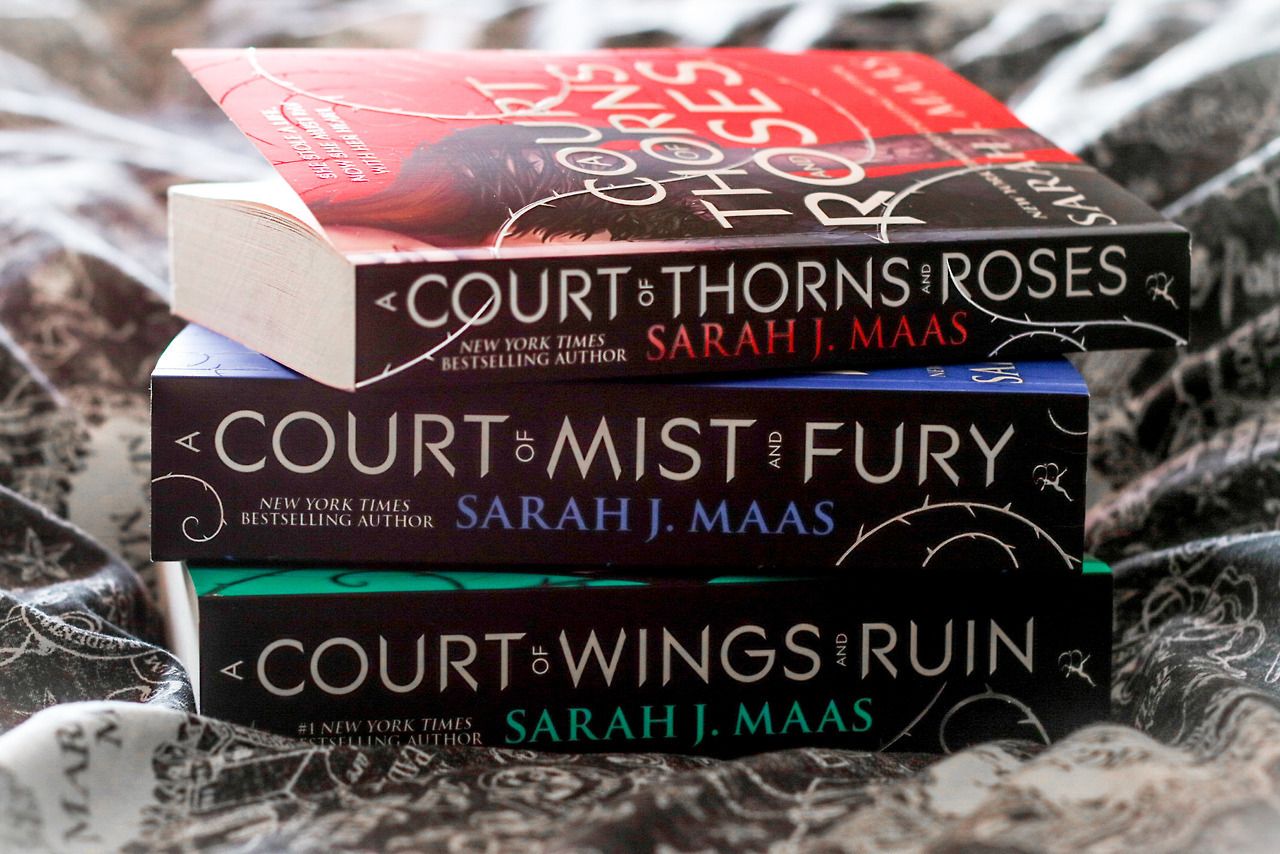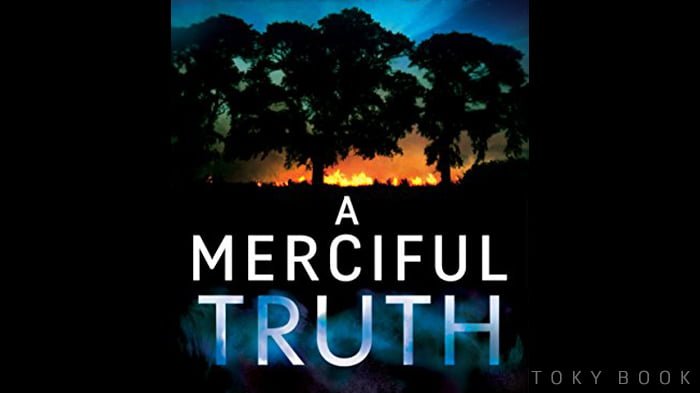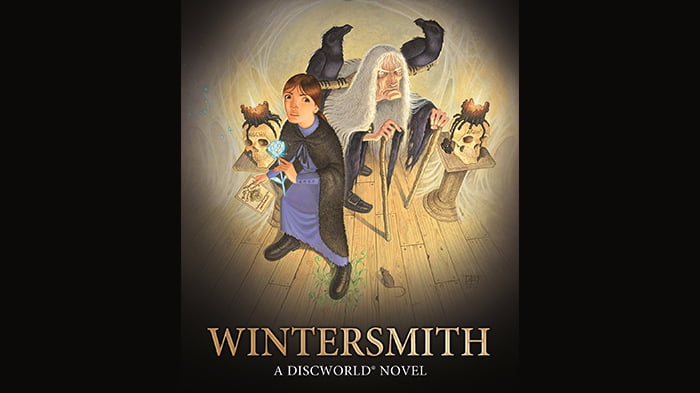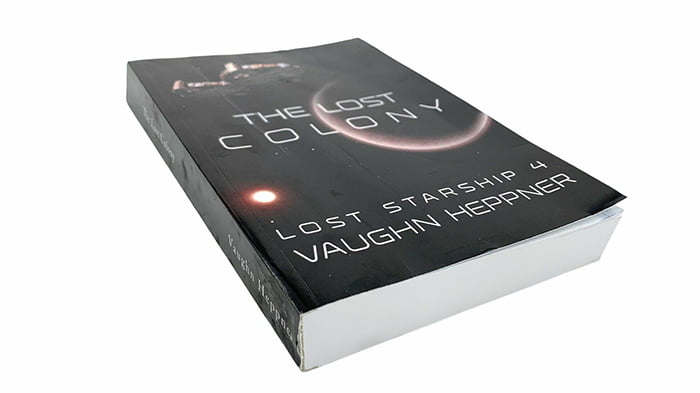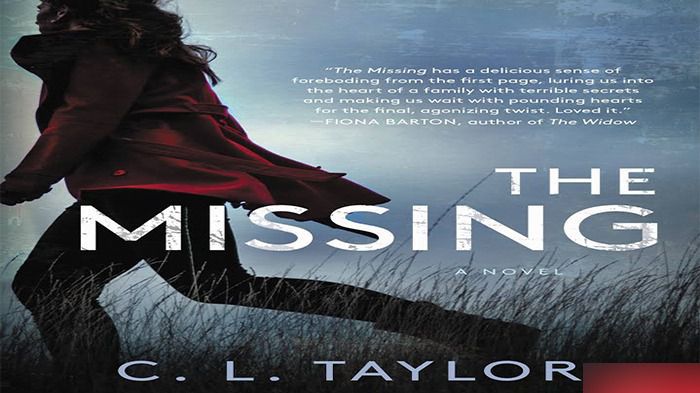The Knight and the Moth: A Gothic Romantasy That Soars Beyond Expectations
Where Dreams and Darkness Collide
Rachel Gillig, riding high on her NYT bestselling success, returns with “The Knight and the Moth,” a gothic romantasy that promises to captivate fans of Jennifer L. Armentrout and Leigh Bardugo. This mist-cloaked tale weaves together prophecy, heresy, and undeniable chemistry in a world where dreams hold terrible power and even gods must be challanged.
Set in the windswept kingdom of Traum, Gillig creates an atmospheric masterpiece that balances the intimacy of character-driven romance with the sweep of epic fantasy. The story of Sybil Delling, a prophetess whose gift becomes her curse, and Rodrick, the heretical knight who might be her salvation, delivers everything romantasy readers crave while offering fresh twists on familiar tropes.
The World of Traum: Gothic Beauty and Hidden Terror
A Kingdom Shrouded in Mist
Traum emerges from Gillig’s imagination as a fully realized world where the line between dream and reality blurs. The windswept moors that stretch across the kingdom create an atmosphere of isolation and mystery, perfectly complementing the gothic tone. Gillig’s descriptive prowess shines as she paints a landscape that feels both beautiful and threatening, where mist might hide salvation or doom with equal likelihood.
The kingdom’s reliance on Diviners speaks to a society caught between faith and fear. People travel great distances to have their futures revealed, suggesting a world where uncertainty rules and any glimpse of what’s to come is worth almost any price. This desperation creates a rich backdrop for exploring themes of fate, free will, and the burden of knowledge.
The Great Cathedral: Sanctuary and Prison
The cathedral serves as more than just a setting—it’s a character in its own right, representing both safety and confinement. For nine years, it has been home to Sybil and her fellow foundlings, a place where they traded their childhood for shelter and purpose. Gillig expertly captures the claustrophobic beauty of cloistered life, where routine provides comfort but also breeds restlessness.
The cathedral’s dual nature mirrors Sybil’s own position. It’s a place of worship and power, where the Diviners’ gifts are both celebrated and exploited. The walls that protect them from the outside world also keep them trapped, creating a tension that runs throughout the narrative. When those walls prove insufficient to protect the Diviners from whatever is hunting them, the false security shatters completely.
Sybil Delling: Prophet Without Peace
The Burden of Sight
Sybil Delling stands out among romantasy heroines for her unique position as someone who desperately wants to lose her power rather than gain more. After nine years of prophetic dreams, she yearns for dreamless sleep—a simple wish that speaks volumes about the toll her gift has taken. Gillig creates a protagonist who is powerful yet vulnerable, gifted yet burdened.
What makes Sybil particularly compelling is her practicality in the face of the supernatural. She doesn’t romanticize her abilities or her connection to the Omens. Instead, she views her visions as a job to be completed, a debt to be paid. This pragmatic approach to prophecy sets her apart from typical chosen one narratives, grounding her character in relatable exhaustion and longing for normalcy.
Nine Years of Service
The concept of foundling girls trading ten years of service for a home adds a layer of social commentary to the fantasy setting. Sybil and her fellow Diviners aren’t born to their roles but rather forced into them by circumstance. This indentured servitude, dressed up in religious significance, creates complex feelings about duty, gratitude, and resentment that Gillig explores with nuance.
As Sybil nears the end of her service, the promise of freedom becomes both tantalizing and terrifying. What does a prophet do when they no longer have to prophesy? The question becomes moot as her fellow Diviners begin disappearing, but the tension between duty and desire for freedom continues to drive Sybil’s choices throughout the story.
The Omens: Divine or Damned?
Six Figures of Terrible Power
The six unearthly figures known as Omens represent one of Gillig’s most intriguing worldbuilding elements. Neither entirely good nor completely evil, these beings exist in a liminal space that makes them fascinatingly unpredictable. They grant visions through dreams, but their motivations remain opaque, their true nature a mystery that deepens as the story progresses.
Gillig wisely avoids overexplaining the Omens, maintaining their otherworldly mystique. Their presence in Sybil’s dreams creates sequences of haunting beauty and terror, where symbolic imagery bleeds into prophetic truth. The relationship between Diviner and Omen appears parasitic and symbiotic simultaneously, raising questions about the true cost of prophecy.
Visions of Terror
The visions themselves become a source of both plot momentum and character development. Sybil’s ability to predict “terrible things before they occur” places her in an impossible position—knowing disaster approaches but often powerless to prevent it. This creates a philosophical tension that runs throughout the novel: Is it better to know a dark future or remain blissfully ignorant?
The author handles prophecy with intelligence, avoiding the trap of making Sybil’s visions too convenient or specific. Instead, they come in symbols and impressions that require interpretation, maintaining narrative tension even when futures are revealed.
Sir Rodrick: The Heretical Knight
Darkness Made Flesh
Enter Rodrick—rude, heretical, and devilishly handsome. Gillig knows her romantasy audience and delivers a male lead who embodies the genre’s most beloved traits while adding unique touches that make him memorable. His arrival at the cathedral disrupts everything, from the Diviners’ routine to Sybil’s carefully maintained emotional walls.
What sets Rodrick apart from typical romantasy love interests is his complete disrespect for Sybil’s visions. In a world where people travel great distances for her prophecies, his skepticism is both insulting and intriguing. This rejection of her defining trait forces Sybil to see herself as more than just a vessel for visions, creating character growth through conflict.
The Heretic’s Purpose
Rodrick’s heretical nature isn’t just an attractive bad-boy trait—it’s essential to the plot. His willingness to challenge religious authority and question the gods themselves makes him uniquely qualified to help when divine forces turn dangerous. Gillig cleverly uses his outsider status to examine the world she’s built from a critical angle, questioning assumptions that other characters take for granted.
The dynamic between devout prophet and heretical knight creates delicious tension. Their philosophical differences generate as much spark as their physical attraction, leading to verbal sparring matches that reveal character while advancing the plot. Rodrick’s dark eyes and sharp tongue become weapons that pierce through Sybil’s defenses more effectively than any sword.
The Vanishing Diviners: Mystery Meets Fantasy
A Threat from Within
When Sybil’s fellow Diviners begin vanishing one by one, the gothic atmosphere intensifies into genuine horror. The disappearances transform the cathedral from sanctuary to trap, where every shadow might hide danger. Gillig builds suspense masterfully, using the close-knit community of Diviners to make each loss personal and devastating.
The mystery element adds urgency to what could have been a slower-paced fantasy romance. Sybil can’t simply wait out her remaining service time; she must act to save her sisters. This external pressure forces her into an alliance with Rodrick, creating proximity that allows their relationship to develop naturally rather than feeling forced.
Beyond the Cloister Walls
The investigation forces Sybil to leave the cathedral’s protection, venturing into a world she’s only seen in visions. Gillig uses this journey to expand her worldbuilding organically, revealing the kingdom of Traum through Sybil’s inexperienced eyes. The contrast between the ordered life of the cathedral and the chaotic reality outside heightens both wonder and danger.
This quest structure allows for classic romantasy moments—forced proximity, shared danger, reliance on each other’s strengths—while maintaining focus on the central mystery. The search for the missing Diviners becomes both external adventure and internal journey as Sybil discovers her own capabilities beyond prophecy.
Romance in the Shadows
Enemies to Lovers, Prophet to Heretic
The romance between Sybil and Rodrick follows the beloved enemies-to-lovers trajectory with unique twists. Their initial antipathy stems from fundamental differences in worldview rather than mere personality clashes. She sees divine purpose where he sees manipulation; she finds comfort in ritual while he rebels against restriction.
Gillig develops their relationship with patience, allowing attraction to build alongside respect. Their banter crackles with intelligence and genuine conflict rather than manufactured tension. When Sybil notices Rodrick’s dark eyes, it’s in moments of challenge rather than calm, suggesting an attraction born from strength recognizing strength.
Chemistry Amidst Chaos
The author excels at creating romantic tension without sacrificing plot momentum. Intimate moments between Sybil and Rodrick often occur during crisis, heightening emotions while maintaining story urgency. A touch while hiding from danger, a glance across a battlefield, whispered conversations in the dark—each romantic beat serves multiple narrative purposes.
Their physical attraction develops alongside emotional connection, creating a romance that feels complete rather than purely lustful. Rodrick’s ability to see Sybil as more than her gift provides emotional satisfaction, while their verbal and philosophical sparring keeps the relationship dynamic and engaging.
The Gods and Their Games
Divine Antagonists
Gillig’s decision to make gods the ultimate antagonists adds epic scope to an intimate story. The revelation that “only a heretic can defeat a god” raises stakes beyond mortal comprehension while explaining Rodrick’s crucial role. This conflict between mortal and divine explores themes of faith, power, and the price of worship.
The gods in Traum aren’t benevolent overseers but active players with their own agendas. Their involvement in the Diviners’ disappearances suggests a cosmic game where mortals serve as pawns. This creates a David-and-Goliath dynamic that makes every victory feel earned and every setback potentially catastrophic.
Faith Questioned
Through Sybil’s journey, Gillig examines faith from multiple angles. What does it mean to serve beings who may not have your best interests at heart? How does one maintain belief when gods prove fallible or cruel? The novel doesn’t provide easy answers, instead allowing characters to grapple with these questions in realistic ways.
Rodrick’s heresy becomes not just rebellion but possibly wisdom. His refusal to bow to divine authority initially seems arrogant but gradually reveals itself as necessary courage. Through him, Gillig questions blind faith while respecting genuine belief, creating nuanced exploration of religious themes within fantastical framework.
Gothic Atmosphere: Beauty in Darkness
Mist and Shadow
Gillig’s prose excells when describing the gothic elements of her world. Mist becomes almost a character itself, concealing and revealing with deliberate intent. The windswept moors create a sense of isolation that makes every human connection more precious. Darkness isn’t just absence of light but active presence that shapes the narrative.
The gothic atmosphere serves the romance perfectly, creating an environment where passion feels both inevitable and dangerous. Every romantic moment gains intensity from its dark surroundings, where beauty and terror intertwine inseparably. Gillig understands that gothic romance requires both elements in equal measure.
Architecture of Fear
Beyond natural settings, Gillig uses architectural details to enhance the gothic mood. The cathedral’s soaring arches and shadowed corners create spaces where sacred and profane blur. Ancient stones hold secrets, and familiar passages become threatening when trust erodes. The built environment reflects the characters’ psychological states, creating sympathetic resonance between setting and emotion.
Writing Style: Lush Yet Accessible
Prose That Enchants
Gillig’s writing style strikes a perfect balance between literary ambition and genre accessibility. Her prose contains enough purple passages to satisfy readers who love luxurious description without alienating those who prefer faster pacing. She knows when to indulge in atmospheric scene-setting and when to drive forward with action.
Particularly noteworthy are her dream sequences, where symbolic imagery combines with emotional truth to create scenes of haunting beauty. These visions could easily become confusing or pretentious, but Gillig grounds them in Sybil’s emotional experience, making abstract concepts feel viscerally real.
Dialogue That Cuts
The dialogue between characters, particularly Sybil and Rodrick, sparkles with wit and tension. Gillig gives each character a distinct voice that reveals personality while advancing plot. Rodrick’s sharp tongue delivers lines that sting and seduce in equal measure, while Sybil’s responses show growing confidence and self-awareness.
Banter serves multiple purposes, providing romantic tension, character development, and worldbuilding simultaneously. Information emerges naturally through conversation rather than exposition dumps, keeping readers engaged while expanding their understanding of Traum and its inhabitants.
Themes: Power, Choice, and Connection
The Price of Power
Through Sybil’s gift and its toll, Gillig explores the cost of power in nuanced ways. Prophecy isn’t portrayed as purely blessing or curse but complex ability with benefits and drawbacks. The novel asks whether power chosen differs from power imposed, and whether any gift comes without price.
The Diviners’ situation—trading service for security—examines how society uses and discards those with useful abilities. Their approaching freedom raises questions about identity beyond utility. Who is Sybil without her visions? The question becomes more pressing as the story reveals prophecy’s true cost.
Choice Versus Fate
In a story centered on prophecy, questions of fate versus free will naturally arise. Gillig handles this classical theme with sophistication, suggesting that knowing the future doesn’t necessarily mean accepting it. Sybil’s visions show what might occur, but human choice still matters in preventing or enabling those futures.
Rodrick’s presence emphasizes choice’s importance. His refusal to accept divine decree or prophetic inevitability introduces chaos into Sybil’s ordered world—chaos that might be exactly what’s needed. Their partnership suggests that fate and free will might work together rather than in opposition.
Connection Beyond Circumstance
The relationship between Sybil and Rodrick explores whether genuine connection can transcend initial circumstances. Thrown together by crisis, they must decide whether their bond exists only due to external pressure or represents something deeper. Gillig develops their connection thoughtfully, showing how shared danger can reveal truth but not create it from nothing.
The broader theme of connection extends to Sybil’s relationships with fellow Diviners. Their bonds, forged through shared experience and understanding, provide emotional grounding that makes their disappearances genuinely devastating. These female friendships receive as much attention as the central romance, creating a rich emotional tapestry.
Genre Expectations: Romantasy Delivered
Meeting the Moment
“The Knight and the Moth” arrives at the perfect time, when romantasy has proven its staying power beyond trend status. Gillig understands what readers expect from the genre—swoon-worthy romance, magical systems, strong heroines, morally complex heroes—and delivers on all fronts while adding her unique touches.
The novel satisfies genre conventions without feeling formulaic. Yes, there’s a mysterious, attractive knight with a dark past. Yes, the heroine has special powers that set her apart. But Gillig uses these familiar elements as launching points rather than destinations, creating something fresh within established parameters.
Comparable Yet Distinct
Marketed to fans of Jennifer L. Armentrout and Leigh Bardugo, the novel occupies similar territory while maintaining its own identity. Like Armentrout, Gillig creates steamy romantic tension and powerful heroines. Like Bardugo, she builds complex magical systems and morally gray characters. Yet “The Knight and the Moth” feels distinctly its own, with gothic atmosphere and dream-based magic creating unique flavor.
Pacing and Structure: Building to Crescendo
Slow Burn Perfection
Gillig structures her novel as a true slow burn, both romantically and plot-wise. The first act establishes atmosphere, character, and routine before Rodrick’s arrival disrupts everything. This patience pays off, making later developments feel earned rather than rushed.
The pacing accelerates naturally as Diviners disappear and stakes rise. Each revelation builds upon previous foundations, creating momentum that carries readers through to the climactic confrontation. Gillig knows when to pause for character moments and when to drive forward with action, creating rhythm that enhances both elements.
Mystery Structure
The mystery element provides natural structure, with each disappearance raising stakes and revealing clues. Gillig plays fair with readers, providing information that makes the resolution satisfying rather than arbitrary. Red herrings exist but don’t feel manipulative, instead deepening worldbuilding and character development.
The Audiobook Experience: Voices in the Mist
Bringing Traum to Life
The audiobook format particularly suits this atmospheric tale. Professional narration can enhance the gothic mood through tone and pacing, making mist-shrouded scenes even more immersive. Dream sequences benefit from audio interpretation, with skilled narrators able to convey the otherworldly quality of Sybil’s visions.
Listen free at Tokybook to experience this gothic romantasy in all its atmospheric glory. The audio format allows listeners to fully immerse themselves in Traum’s mist-cloaked world while commuting, exercising, or simply relaxing with a compelling story.
Character Voices
Good narration can elevate romantic banter from pleasant to electric. The verbal sparring between Sybil and Rodrick particularly benefits from audio performance, where timing and tone add layers to already sharp dialogue. Each character’s distinct voice helps maintain clarity during ensemble scenes while adding personality depth.
Critical Analysis: Strengths and Considerations
Where Gillig Soars
“The Knight and the Moth” excels in creating atmosphere without sacrificing pace. The gothic elements enhance rather than overshadow the romance, while the mystery provides structure without overwhelming character development. Gillig’s prose style suits her material perfectly, lush enough for fantasy readers while maintaining romantasy’s emotional accessibility.
Character development stands out as particular strength. Both Sybil and Rodrick feel like complete people rather than romance archetypes. Their growth occurs naturally through conflict and cooperation, making their eventual connection feel inevitable yet earned.
Minor Considerations
Some readers might find the initial pacing slow as Gillig establishes her world and characters. The gothic atmosphere, while beautifully rendered, occasionally threatens to overwhelm lighter moments. These are minor issues that largely come down to personal preference rather than craft failures.
The ending, while satisfying, leaves room for continuation. Readers expecting complete standalone resolution might feel slightly frustrated, though most romantasy fans will welcome the possibility of returning to Traum and these characters.
Cultural Impact: A New Voice in Romantasy
Building on Success
Following her NYT bestselling status, Gillig faced pressure to deliver something special. “The Knight and the Moth” suggests she’s more than capable of sustained excellence. The novel demonstrates growth in craft while maintaining the elements that made her previous work successful.
This sophomore effort should cement Gillig’s position as a major voice in romantasy. Her ability to blend gothic atmosphere with romantic tension while maintaining plot momentum sets her apart in an increasingly crowded field.
Future Influence
The novel’s unique elements—dream-based prophecy, gothic romantasy blend, heretic-prophet dynamic—offer fresh directions for the genre. Future authors will likely draw inspiration from Gillig’s successful balance of atmosphere and action, showing that romantasy can embrace literary ambitions without losing its emotional core.
Series Potential: Beyond the Moth
Standalone Satisfaction
While “The Knight and the Moth” tells a complete story, Gillig leaves enough threads to support continuation. The world of Traum feels rich enough to support multiple stories, whether following Sybil and Rodrick further or exploring other characters within this setting.
The mythology established here—Omens, Diviners, the nature of gods—provides fertile ground for expansion. Readers finishing this novel will likely crave return visits to Traum, suggesting strong series potential whether or not Gillig chooses to pursue it.
Final Verdict: A Gothic Romantasy Triumph
“The Knight and the Moth” establishes Rachel Gillig as a formidable voice in romantasy, capable of delivering everything genre fans expect while pushing boundaries in exciting directions. The novel succeeds on multiple levels—as romance, as fantasy, as mystery, and as atmospheric gothic tale.
Sybil Delling emerges as a memorable heroine whose strength comes not from embracing power but from surviving it. Rodrick provides the perfect counterpoint, his heresy offering freedom from the divine chains that bind Sybil. Their romance develops with patience and passion, creating relationship that feels both fantastic and real.
For readers who love their romance with a side of darkness, who appreciate atmospheric worldbuilding alongside swoon-worthy moments, “The Knight and the Moth” delivers in spades. Gillig has created something special—a romantasy that honors genre conventions while carving its own unique space.
The novel asks what we owe to gods who demand service, whether prophecy is gift or curse, and if love can bloom in the shadow of divine threat. It provides no easy answers, instead inviting readers into a world where mist conceals as much as it reveals and where sometimes the only way to defeat a god is to stop believing in their power.
Don’t miss this exceptional gothic romantasy—listen free at Tokybook and let yourself be swept away to the mist-shrouded kingdom of Traum, where prophecy meets heresy and moths dance dangerously close to knights’ flames. Sometimes the most beautiful things emerge from darkness, and sometimes the only way to find light is to embrace the shadows. Rachel Gillig’s “The Knight and the Moth” proves that the best romantasy can be both—and so much more.
 Skip to content
Skip to content

